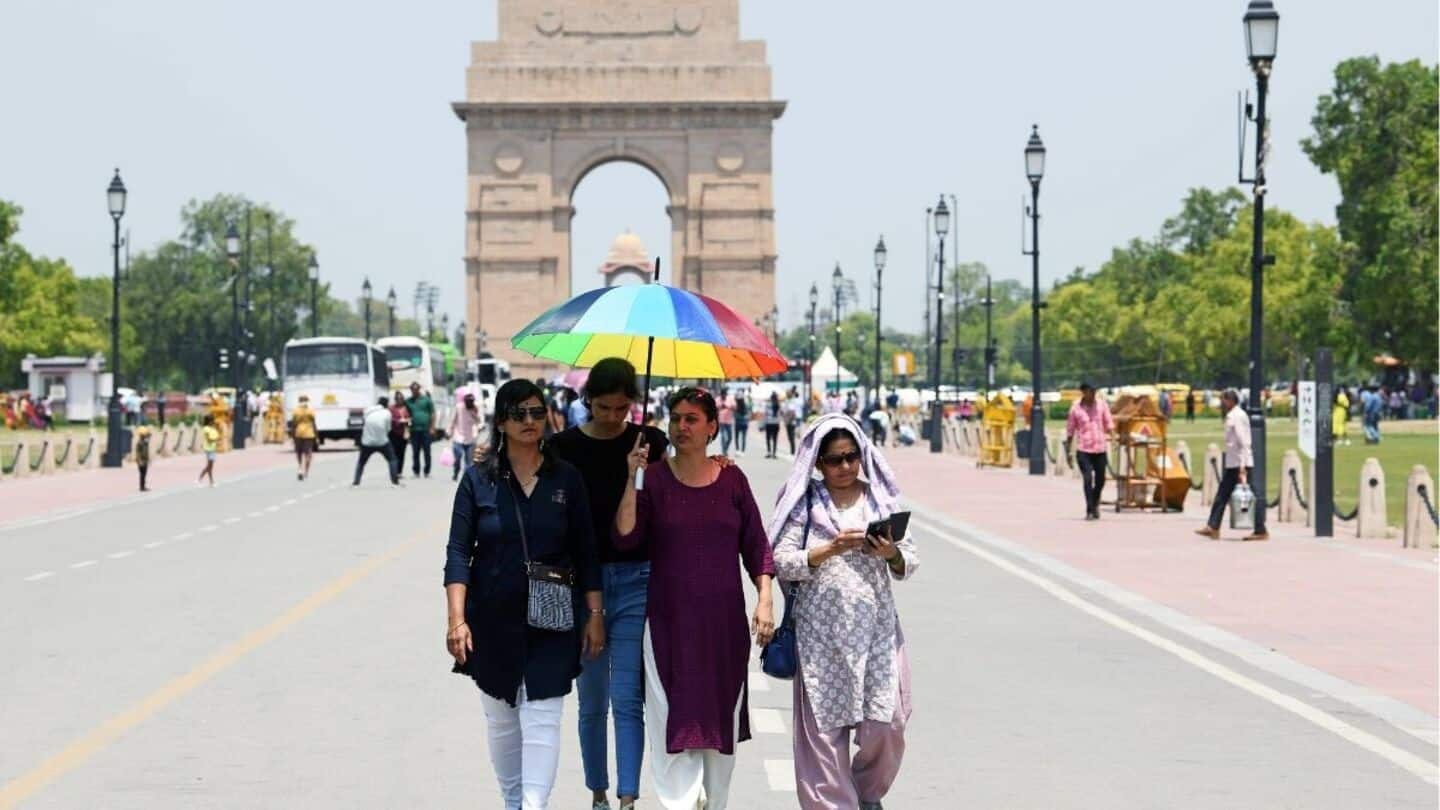
Heatwave to continue in Delhi-NCR, northwestern states till Wednesday
What's the story
The India Meteorological Department (IMD) has warned of a heatwave in the Delhi-National Capital Region (NCR) and several northwestern states. The intense weather is expected to last until at least Wednesday, June 11. A yellow alert has been issued for Delhi till Thursday, indicating possible minor disruptions due to hot and humid weather. The region may experience light showers and gusty winds toward the week's end.
Affected regions
Heatwave likely in these states
The IMD said heatwave conditions are also very likely at most places over Rajasthan till June 11, with severe heatwave conditions at isolated parts on Monday. Rajasthan's Sri Ganganagar recorded the highest maximum temperature of 47.4 degrees Celsius on Monday. Apart from Delhi-NCR and Rajasthan, the northwestern states of Punjab, Haryana, Chandigarh, Uttar Pradesh, Jammu-Kashmir-Ladakh-Gilgit-Baltistan-Muzaffarabad, and Madhya Pradesh are also likely to witness these conditions till Wednesday.
Respite expected
Some relief expected later this week
The IMD said the northwestern states experiencing heatwave conditions would get some relief later in the week, around Friday-Saturday (June 13-14). Delhi, Haryana, Punjab, Chandigarh, and Uttar Pradesh may witness light to moderate rainfall at isolated places along with thunderstorms, lightning, and gusty winds. Uttarakhand is likely to experience isolated heavy rainfall from Thursday to Saturday (June 12-14).
Capital's conditions
IMD's forecast for Delhi today
On Monday, the IMD predicted a mainly clear sky in Delhi with above-normal temperatures of 41-43°C during the day and 27-29°C at night. The region will also experience hot and humid weather with dust-rising surface winds of 20-30km/h. Predominantly northwest surface winds will likely be less than 16km/h during the morning hours, gradually increasing to 18-20 km/h in the afternoon, and becoming less than 25km/h during evening and night.